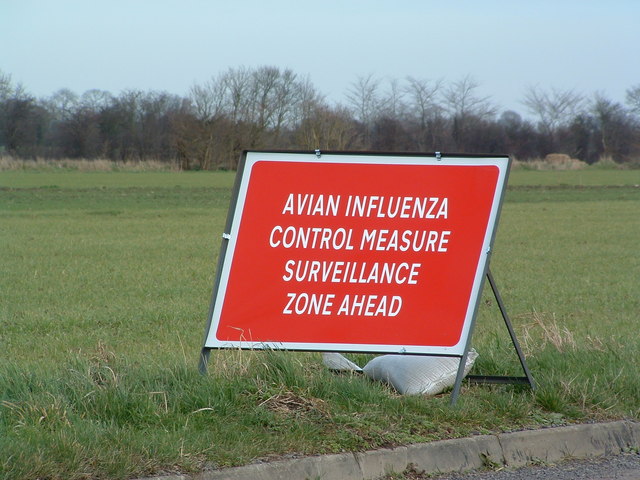
From domestic poultry to wild birds and polar bears: avian flu shows no mercy
The bird flu virus is back, although it never really went away. While the number of cases is rising among poultry farmers in western Belgium, the virus also affects North and South Pole wildlife.
Avian flu is back and spreading. The Federal Agency for the Safety of the Food Chain (FAVV) has reported avian influenza cases on four poultry farms in West Flanders. After more than five months of relative calm, the epidemiological situation has deteriorated in recent weeks.
Meanwhile, The Guardian reports the death of a polar bear at the North Pole due to bird flu, providing further evidence of the disease’s infectious nature. The bear’s death was confirmed in December by the Department of Environmental Conservation in the US state of Alaska.
“This is the first case in the world of a polar bear dying from avian influenza,” said Dr Bob Gerlach, the state’s chief veterinarian. The bear is thought to have eaten the carcasses of infected birds.
In October last year, it was also announced that the avian flu virus was circulating in the South Pole. After centuries of being spared the disease, the first signs of an outbreak in Antarctica emerged. According to the British Antarctic Survey (BAS), a colony of great skuas, a type of predatory seabird, has been affected on Bird Island in the Southern Ocean.
Scientists have long warned about the highly contagious strain of bird flu (H5N1), an outbreak that began in 2020 and has already killed millions of birds worldwide. Marine mammals such as seals help spread the virus and sometimes succumb to it. In Europe, avian influenza is likely an ongoing problem in wild bird populations, with the risk of infection remaining throughout the year.
(Belga)
